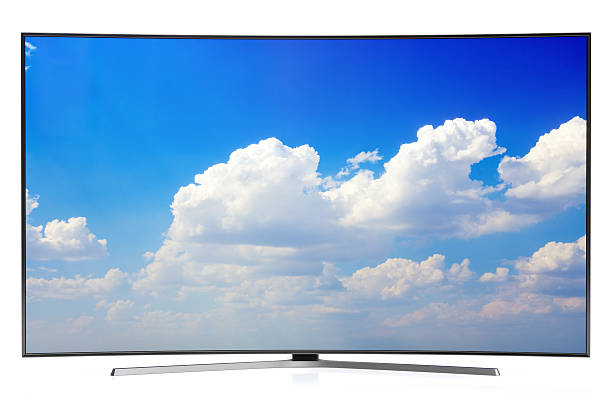ADVERTISING SCREENS, A RAPIDLY CHANGING SECTOR

If there is one thing that advertisers have understood in recent years, it is that the French are tired of traditional advertising. They often consider it too intrusive and omnipresent (according to a study by TNS Sofres in 2013). They must therefore find solutions to win back the attention of the public and give a more human dimension to this communication.
This is why we can already observe different strategies. Like the campaigns that focus on the experience and the relationship with the consumer. The idea is to invite the viewer to interact with the screen either live or indirectly.
Similarly, advertisers are investing in urban space differently and providing added value for the consumer.
We can think of the rest areas made available by the brands, or fun and interactive activities. They thus mix non-advertising elements with one or more display screen solutions. The goal is to give passers-by an experience. Beyond giving them a good reason to be interested in the advertising message there is a desire to create a feeling of affection for the brand.
Other strategies rely on technological tools to optimize their campaigns. They incorporate passage sensors on the display system to measure the number of passers-by (pedestrians or motorists). They also use “eye-tracking” to determine how many passers-by are watching. Or smartphone connectivity and geolocation to analyze the circuit made to the point of sale.
Also playing the card of interactivity and the connected dimension thanks to touching screen solutions. Finally, it is also possible to broadcast messages in real-time via an RSS feed or social networks.
IN SUMMARY ON THE USE OF GIANT OUTDOOR COMMUNICATION SCREENS
Advertising screens and outdoor and urban communication solutions are therefore always up-to-date tools. These tools are constantly evolving and taking into consideration the expectations of consumers and the current context. These developments not only make it possible to increase their efficiency, diversify their uses, and reduce their ecological impact. Although screens are a so-called “mass media” communication solution, which affects many people, it remains a local solution.
Indeed the advertising screens have a local anchorage. Outdoor advertising concerns a particular geographical sector and generally communicates for brands close to home. It thus remains appreciated for its more local dimension.
At Winlight we are designers of giant SMD Screens and have been installing advertising screens for over 20 years. We have seen this market evolve over the years and have participated in its democratization with various professionals. If you are interested in dynamic advertising display solutions, do not hesitate to visit our WIN LIGHT media or contact us for more information. Our team will be happy to advise you.
WHAT IS THE POWER CONSUMPTION OF A GIANT LED SCREEN
We hear a lot of sometimes opposing speeches about the power consumption of LED screens. Most ecological activists accuse them of consuming as much energy as 3 households in 1 year. Conversely, we are constantly being praised for the low consumption of LEDs. Therefore, the question of the power consumption of a screen remains unavoidable. We are therefore going to disentangle the true from the false, to succinctly explain what the energy consumption of giant SMD Screens represents.




